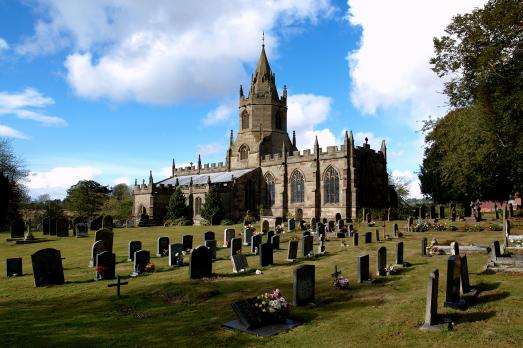
St Bartholomew
Tong, Shropshire | TF11 8PW
St Bartholomew's church is a 600 year old treasure house of alabaster tombs, medieval carving, history and scandal, often described as ‘The Westminster Abbey of the Midlands’.
We have supported this church
Search for a fascinating place to visit, or see the variety of churches, chapels and meeting houses we have supported.

Tong, Shropshire | TF11 8PW
St Bartholomew's church is a 600 year old treasure house of alabaster tombs, medieval carving, history and scandal, often described as ‘The Westminster Abbey of the Midlands’.
We have supported this church
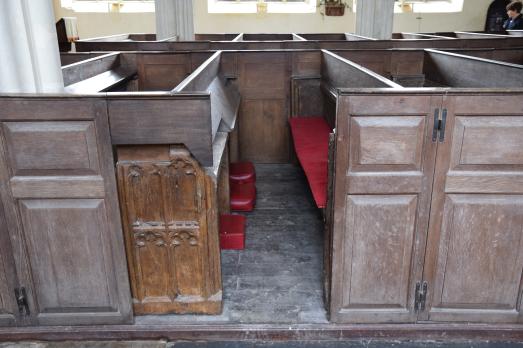
Torbryan, Devon | TQ12 5UR
Mighty medieval church deep in the countryside.
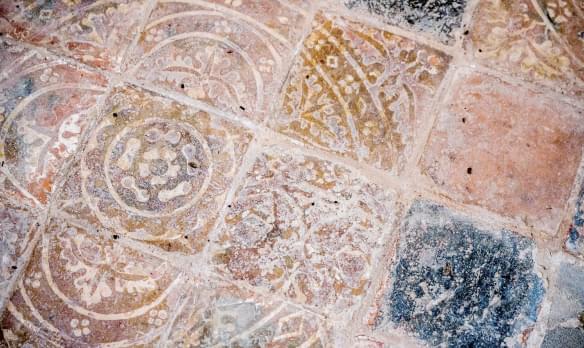
Torfaen, Monmouthshire | NP4 6LY
The chapel opened in 1847, designed by John Langdon.

Torksey, Lincolnshire | LN1 2YZ
St Peter's dates from the 12th century with later extensions, have an interesting font with a Spode font basin that was installed in 1814 and the front of the altar is formed from the tomb stone of the last abbess of Torksey.

Torphichen, Lothian | EH48 4NB
The history of this unusual site with its two buildings begins in the 12th century when the order of St John of Jerusalem was given charge to build a preceptory.

Torpoint, Cornwall | PL11 2AD
Built in 1795 this Weslyan Chapel is now Grade II listed. It has had a long and useful life, providing a school in the early 1900's for Torpoint's children.
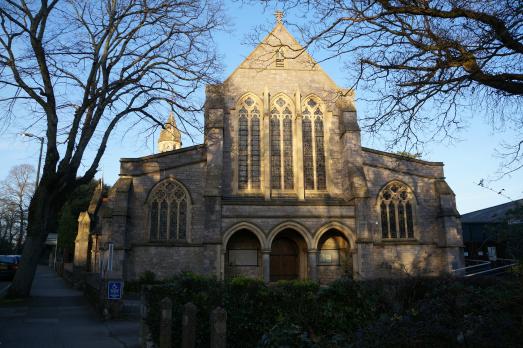
Torquay, Devon | TQ1 1HW
St Matthias was built as a Chapel of Ease of St Mark, Torwood.
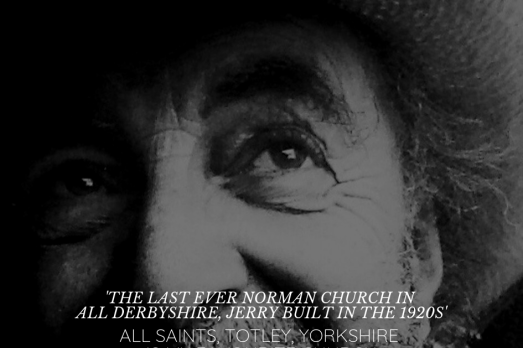
Totley, Yorkshire | S17 4AA
'The last Norman church built in Derbyshire, in 1923'.
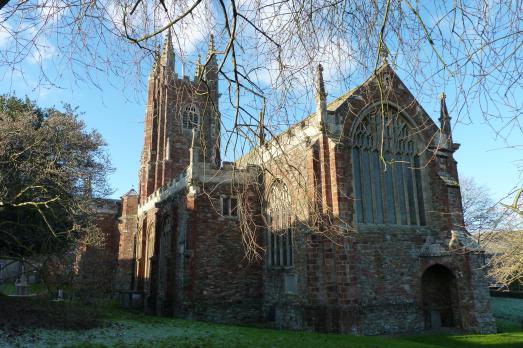
Totnes, Devon | TQ9 5NN
The church at the heart of the town: every year, thousands of people visit our beautiful church.
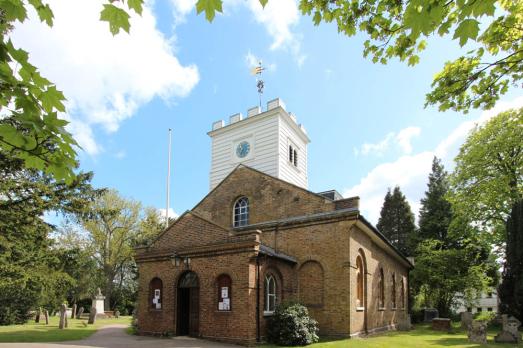
Totteridge, Greater London | N20 8PR
The churchyard has a distinct curve to it perhaps following the shape of an underlying moat and ancient meeting place. An ancient Yew tree reckoned to be between 1,000 and 2,000 years old also stands in the churchyard.

Towcester, Northamptonshire | NN12 6AD
Here is a large town church that speaks of the 15th century. In 1483 Edward V, the husband of Elizabeth Woodville of nearby Grafton Regis, gave a large grant of stone from the royal quarries nearby in Whittlebury.
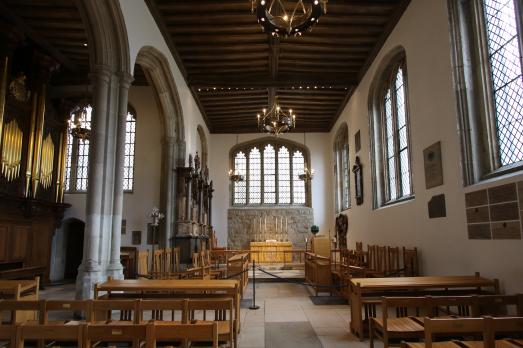
HM Tower of London, Greater London | EC3N 4AB
Historical documents refer to St Peter's as a Royal Chapel as early as the 12th century, today it is a Chapel Royal and Royal Peculiar; directly under the jurisdiction of The Queen.